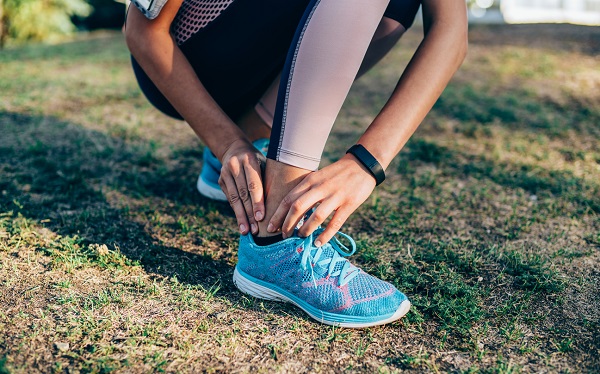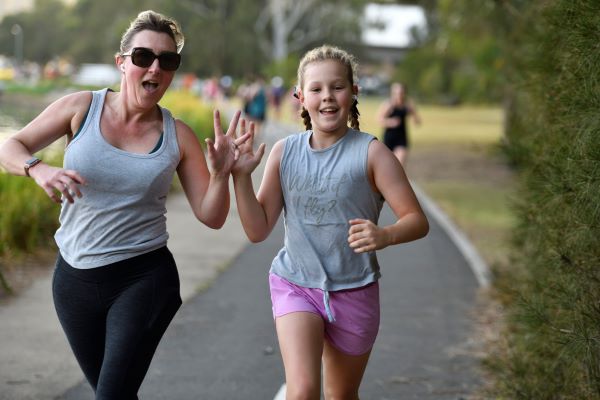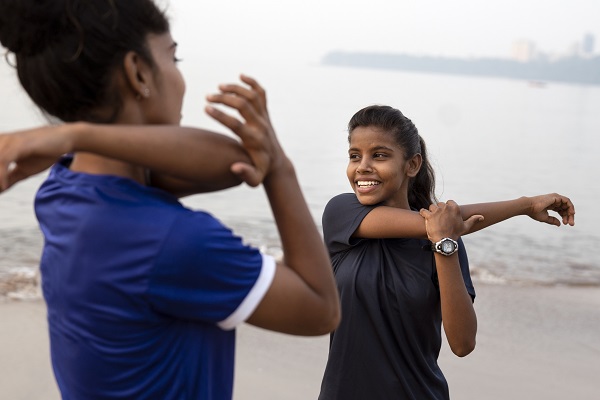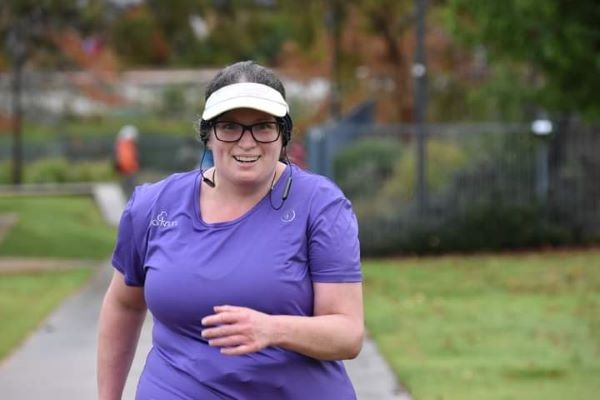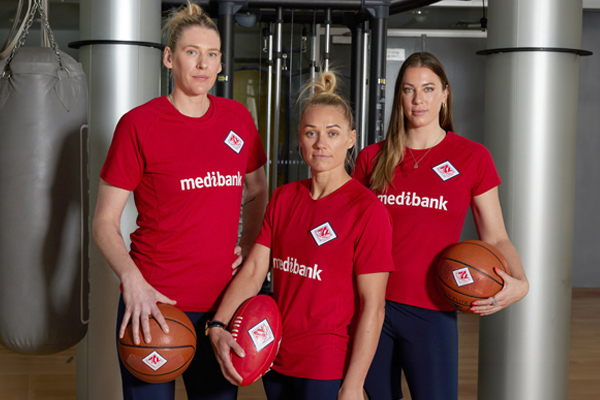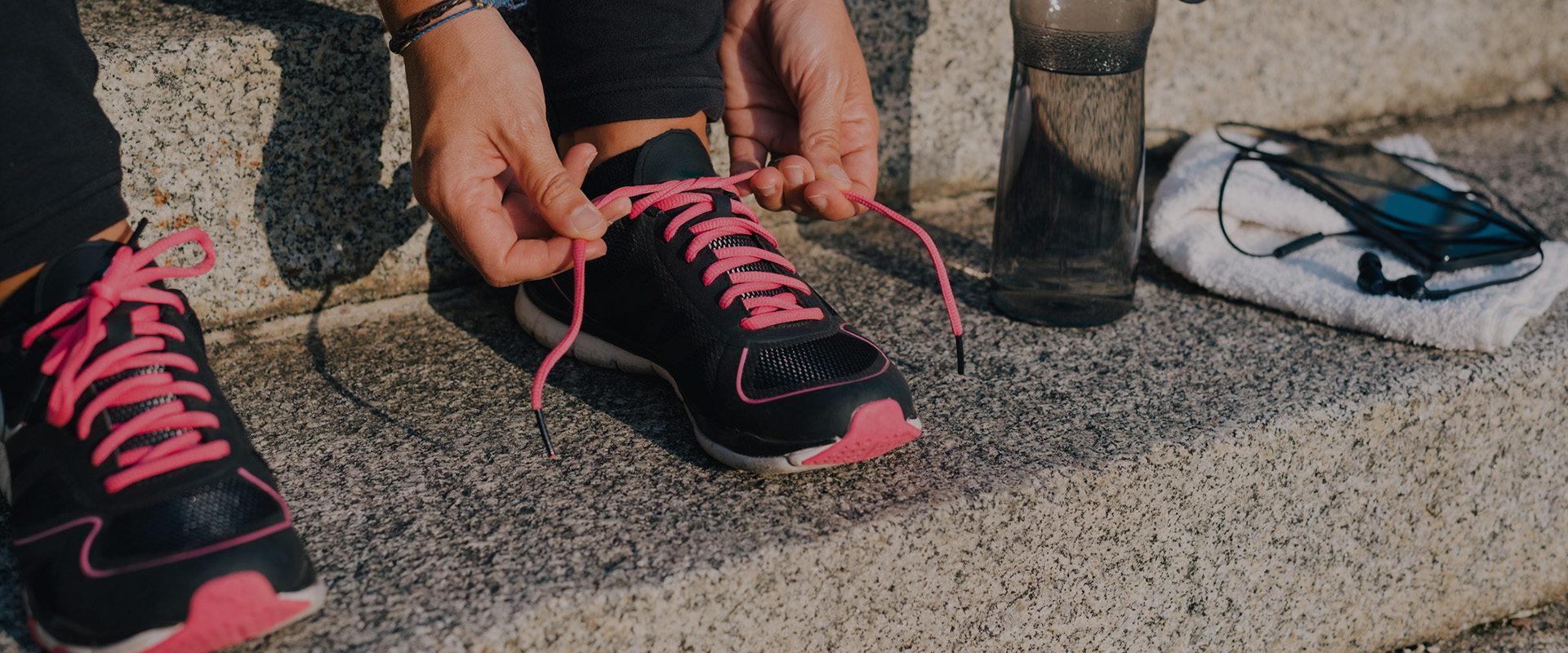-
Foot blisters can turn up just when you don’t want them – when you’re travelling, training, or trying to enjoy a nice new pair of shoes. But they don’t have to be a fact of life!
Podiatrist Rebecca Rushton is a specialist in treating blisters, and in helping endurance athletes to manage their blister prevention to perform better. We sat down to ask her to share her insights into what causes blisters, and how you can plan to prevent them.
What is a blister?
Blisters are caused by the skin stretching too much. This stretching is called skin shear. When the stretching is excessive and repetitive, a tear occurs just under the skin surface.
Fluid fills that area and within two hours, you’ll have what’s familiar to most of us – a blister.
What don’t people understand about blisters?
Well, if I asked what you think causes blisters, chances are you’d say something like heat, moisture and friction. Or poorly fitting shoes. Or something along those lines.
Well firstly, there’s more to it than bad shoes. You can have perfectly fitting shoes and still get blisters. Now think about it: is it any wonder, that if we’ve got the wrong end of the stick when it comes to what causes blisters, that we find it difficult to stop blisters, or to make them feel better when we treat them. We’re focussing on the wrong thing!
Once you have a blister, what’s the best way to treat it?
When it comes to blister treatment, there are three types of blisters and each of them needs a slightly different kind of treatment.
How to treat blisters – the right way
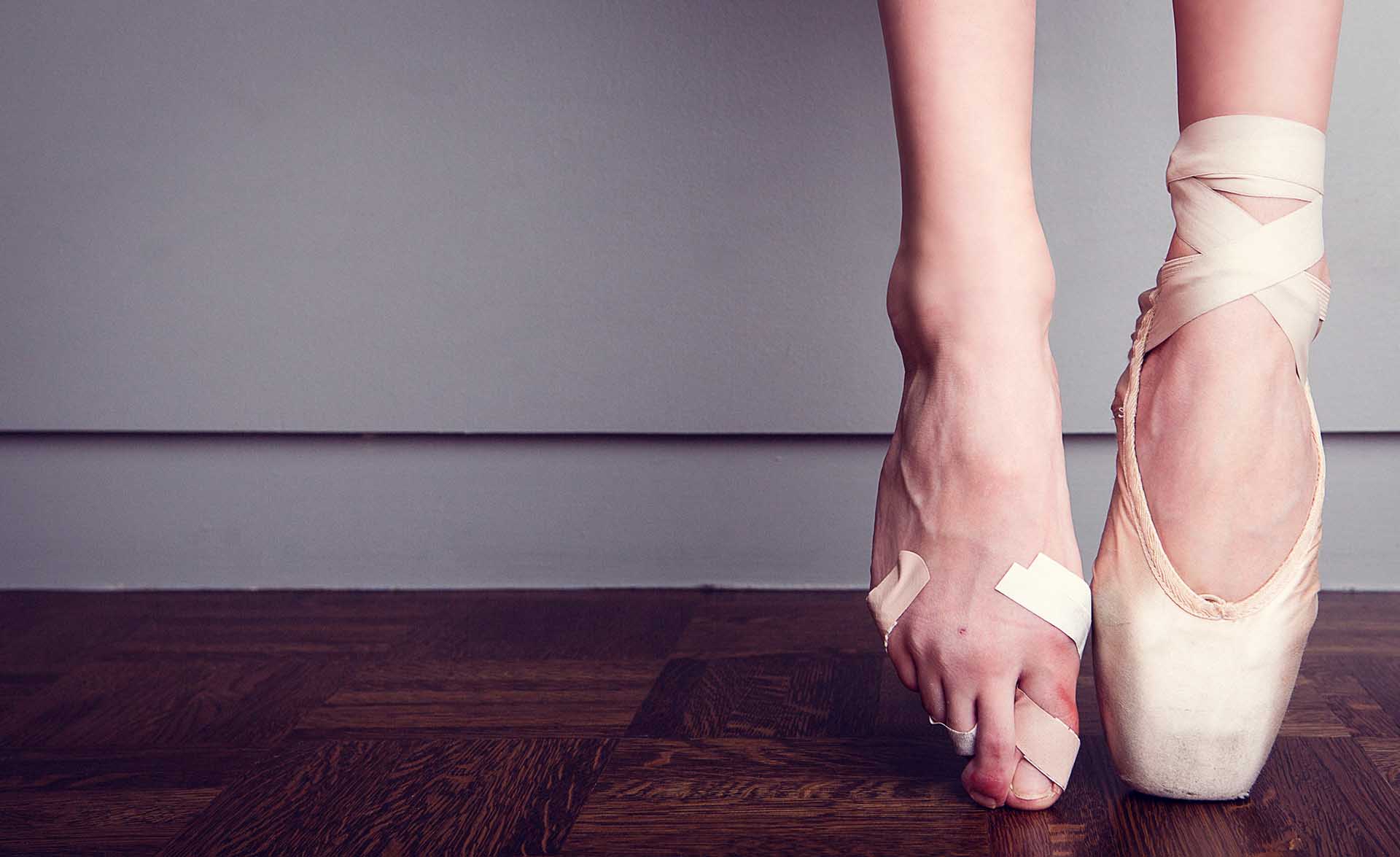
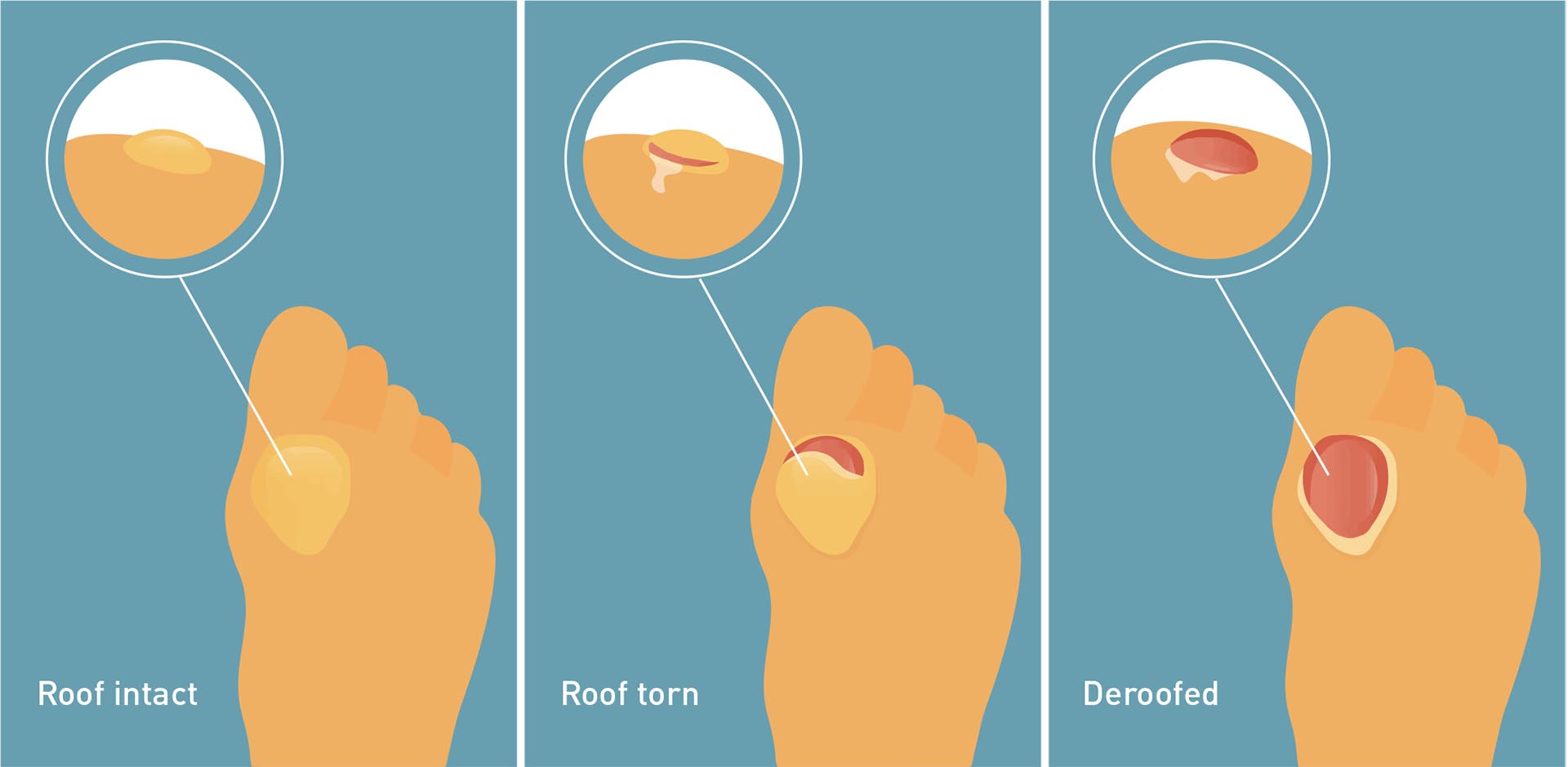
-
1. Intact blister
A blister with an intact roof, which is still holding all the blister fluid in, can't get infected if it stays like this, because the skin is keeping germs out.
The aim of treating this blister is to protect the roof, which you can do by:
- Dressing it – with an island dressing, like a BandAid.
- Reducing pressure from it – maybe with a felt donut pad or wearing shoes that don’t press on it.
- Reducing friction levels – perhaps changing into some dry socks or applying a lubricant to your skin or adding an Engo blister patch to your shoe.
These things are going to stop the skin from stretching too much, and remember, reducing the stretching in the skin is what caused the blister in the first place. We’re trying to minimise that shear so your blister roof will remain intact and so your blister can start to heal.
-
2. Torn blister
The aim of treating this blister is to prevent infection. You need to do everything you did for the last blister, plus:
- Use an antiseptic to kill any germs in the area.
- Monitor it closely for signs of infection.
Ideally, keep the torn blister roof in place because that skin provides some protection to the raw blister base.
3. Deroofed blister
If your blister roof rubs right off, you’ll be left with a red raw sore called a deroofed blister. A deroofed blister is more painful, more open to infection and takes longer to heal.
The aim of treating a deroofed blister is to get good skin healing by choosing the right dressing. You need strong, flexible skin to grow back over that raw blister base.
Do all the things you did for the last blister, and apply a dressing that provides a moist wound environment. You can use an island dressing like a BandAid, or a hydrocolloid dressing like Compeed. These are the only blisters you can use Compeed on.
The most common mistake I see people make is ‘letting the air get to it’. If you let a deroofed blister dry out, all that will happen is you’ll get a scab over it. A scab isn’t healed skin. You’ve still got a raw blister base underneath that scab.
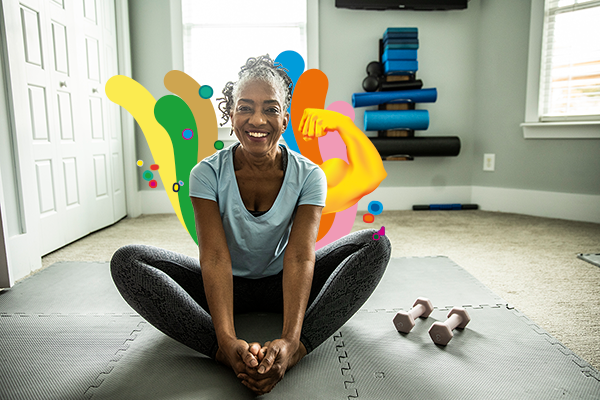
Don't let hip and knee pain hold you back
From preventing injury to understanding your knee replacement options, find information, programs and services to help prevent or minimise joint pain.
-
How to walk 10,000 steps
Discover how to easily reach your goal of 10,000 steps daily.
-
Everything you need to know about parkrun
Been wondering what a parkrun looks like? Where do you go? What do you do? How do you sign up? Find out here.
-
Five ways to exercise when on a budget
You don’t need to spend money on gym memberships just to meet your fitness goals. Here are five free ways to stay healthy and active when you’re living on a budget.
-
How parkrun changed my life
Christie Farrow went from being an exercise-phobe to a true blue runner with parkrun.
-
Australia's top female athletes unite on ACL injury
Some of Australia's most talented athletes have joined forces to highlight the unique injury challenges women face.
-
How to create your perfect summer fitness plan
Be inspired by the sunshine and get moving

